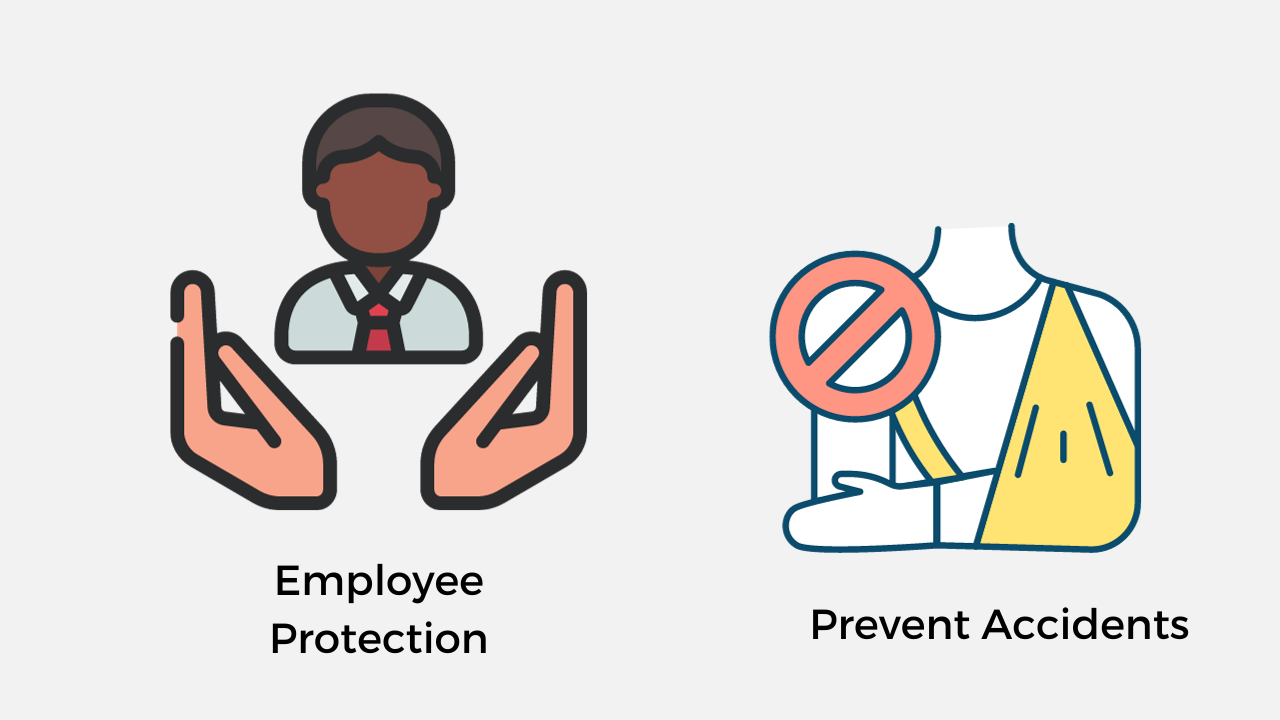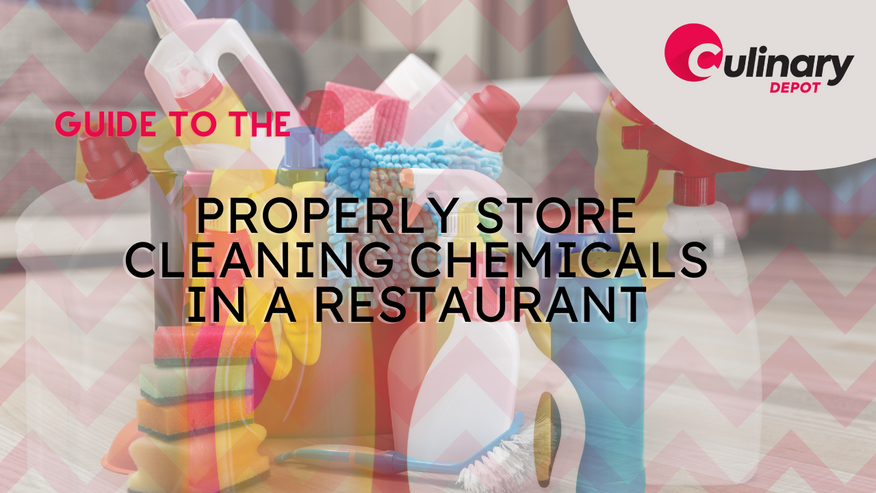Sep 26th 2023 - Team Member
Guide to Properly Store Cleaning Chemicals in a Restaurant
Maintaining a clean and hygienic environment is paramount in the restaurant industry. Properly stored cleaning chemicals are essential tools in achieving these standards. However, mishandling or improper storage of these chemicals can pose serious risks to both employees and customers. In this comprehensive guide, we will provide you with essential tips on how to safely and effectively store cleaning chemicals in your restaurant to ensure the well-being of everyone in the establishment.
Understanding the Importance of Proper Storage
Safety First
The primary reason for proper storage of cleaning chemicals is safety. Many cleaning agents are corrosive, toxic, or flammable, and their mishandling can lead to accidents, injuries, or even chemical reactions that release harmful gases.

Employee Protection
- Safeguard the health and safety of your staff by minimizing their exposure to hazardous chemicals.
- Provide appropriate training on chemical handling and storage procedures.
Prevent Accidents
- Proper storage reduces the risk of accidents, such as spills or leaks, which can result in slip-and-fall incidents.
Maintain Cleaning Effectiveness
Effective cleaning is the cornerstone of food safety and sanitation in a restaurant.
Chemical Integrity
- Proper storage preserves the chemical integrity of cleaning agents, ensuring they remain effective.
- Avoid dilution or contamination by storing chemicals separately.
Avoid Cross-Contamination
- Prevent cross-contamination by storing cleaning chemicals away from food items, utensils, and food preparation areas.
Essential Guidelines for Chemical Storage
Read Labels and MSDS
Before storing any cleaning chemical, familiarize yourself with the product by reading the label and Material Safety Data Sheet (MSDS).

Label Information
- Understand the product's hazards, first aid measures, and storage requirements as indicated on the label.
- Follow recommended storage temperatures and humidity levels.
MSDS Documentation
- The MSDS provides detailed information on chemical properties, health hazards, and safety precautions.
- Keep a digital or physical copy of the MSDS for each chemical on-site.
Segregation and Separation
Properly segregate and separate cleaning chemicals to prevent potential reactions and hazards.
Incompatible Chemicals
- Avoid storing incompatible chemicals in close proximity. Common examples include bleach and ammonia, which can produce toxic fumes when combined.
- Separate chemicals based on their compatibility to reduce the risk of accidental mixing.
Secure and Ventilated Storage
The storage area for cleaning chemicals should meet specific criteria to ensure safety.
Secure Storage Cabinets
- Use lockable cabinets or storage areas to restrict access to authorized personnel only.
- Install ventilation systems to reduce the buildup of fumes.
Temperature and Humidity Control
- Maintain the storage area within the recommended temperature and humidity range specified on the label or MSDS.
Handling and Emergency Preparedness
Training and Personal Protective Equipment (PPE)
Properly trained staff and the use of appropriate PPE are crucial for safe chemical handling.

Employee Training
- Train your staff on the safe handling, storage, and disposal of cleaning chemicals.
- Ensure they are familiar with emergency response procedures.
Personal Protective Equipment
- Provide employees with necessary PPE, such as gloves, safety goggles, and aprons.
- Enforce the use of PPE when handling chemicals.
Emergency Preparedness
Be prepared for chemical spills or accidents with a well-defined response plan.
Spill Response
- Have spill kits and absorbent materials readily available in the storage area.
- Train employees on proper spill response procedures, including containment and cleanup.
Emergency Contacts
- Display emergency contact information for poison control, fire department, and other relevant agencies in a visible location.
Conclusion
Properly storing cleaning chemicals in your restaurant is not just a matter of compliance; it's a fundamental aspect of ensuring a safe and hygienic environment for both your staff and customers. By understanding the importance of safety, following essential guidelines for chemical storage, and implementing proper handling and emergency preparedness measures, you can create a secure environment where the risks associated with cleaning chemicals are minimized.
Remember that safety should always be a top priority in your restaurant, and this includes the safe and responsible management of cleaning chemicals.

